As the first quarter at Foothill Technology High School (Foothill Tech) ends, Ventura Calif. gets the first taste of the Santa Ana winds. The annual phenomenon introduces a dry, hot air current from the east, commonly reaching gust speeds of 80 mph, sometimes causing havoc for Southern California (SoCal) coast residents. The high winds are caused by pressure building in the area known as the Great Basin and lower pressure levels on the coast.
The Great Basin is a large area between the Sierra Nevada mountain range in the west and the Rocky Mountains in the east. The 200,000 sq mi desert spans most of Nevada and parts of Utah, Oregon, Idaho and California (Great Basin Seed). Wind is caused by a difference in pressure between neighboring areas. When the basin’s pressure levels rise along with the dropping rates by the ocean, the disturbed air flows through the valleys and passes of the Sierra Nevada plummeting towards the beach.
When the gusts descend the mountain range, the drastic altitude change causes the air to compress, a process in which the air molecules pack together and “move more rapidly,” according to Atlas Copco. The compression heats the wind, gaining about 10°F for every mile traveled.
Wind is sometimes an underestimated danger. Even though this phenomenon might seem like nothing but hot air, it has caused more havoc than you would expect. Not only do the gales bring stuffy noses and seasonal allergies but they have also caused billions of dollars in damage.
On Dec. 4 2017, a fallen powerline ignited the massive inferno that would come to be known as the Thomas Fire. The wildfire consumed 1,063 buildings in Ventura and Santa Barbara Counties, and thanks to first responders only two lives. Due to the Santa Anas, the preceding week had been windy and dry, providing the fire with the perfect fuel of brittle brush and vegetation. Once the fire started, sparks were carried by the high winds jumping as much as five miles away from the main blaze making the inferno extremely difficult to contain.
This fire-sparking aspect is not only applicable to the Thomas Fire either. The winds have started hundreds of fires and will sometimes create chain reactions, ember jumping and making multiple blazes in close proximity. These fire clusters are common and occur at least two to five times in a decade, sometimes more. While most burn in the hills and mountains, some, like the Thomas Fire, have caused serious damage to cities and towns.
Fittingly, the name Santa Ana is said to be linked to the archaic Spanish word “Satanas” which means satan. The name was “given to the winds because of their devilish weather conditions” quoted Tiffany Means of Farmers Almanac. Though she explains that Santa Ana is most likely related to the Santa Ana Mountains, the devil does seem like a likely culprit when they really pick up.
The devil could also be said to have an influence on the effects of the strange weather on humans living in the area. People have reported everything from migraines to psychosis blaming it on the hot gusts. Symptoms are said to be similar to that of a full moon. No scientific research has proven a real influence on mental state, but it is widely accepted that the Santa Anas create a change in the electrical field, which could have something to do with it.
The Santa Anas do however bring a positive light to the autumn and winter months. The warmer weather that goes along with the phenomenon can bring temperatures as high as 80°F during December or January, leading to beach days on Christmas. The offshore winds also provide surfers with waves that don’t “wall over” and hold their shape.
SoCal isn’t the only spot affected by this occurrence either. The Santa Anas fall under a larger category of foehn winds that occur in all seven continents including Antarctica. Foehn winds, also called “chinooks” or “Zonda winds” most often start through precipitation and condensation of air as it rises up the side of a mountain and is left with low moisture when it finally descends on the other side – making Santa Anas unique in that sense. In other countries, the high Alps are the common location for foehn events making the change in temperature even more distinct, and melting snow in the process.
The Santa Anas are a unique natural phenomenon that can be seen as a destructive and devilish force. The cons seem to outweigh the pros. They start fires, cause stuffy noses and allergies, and headaches. But, it’s important to remember that nature is a balance and destruction is a part of that. The aftermath of a fire creates fertile soil for new growth, cleared noses make us appreciate our breath a little more, and who knows, maybe wind fever is mother nature trying to tell us something.


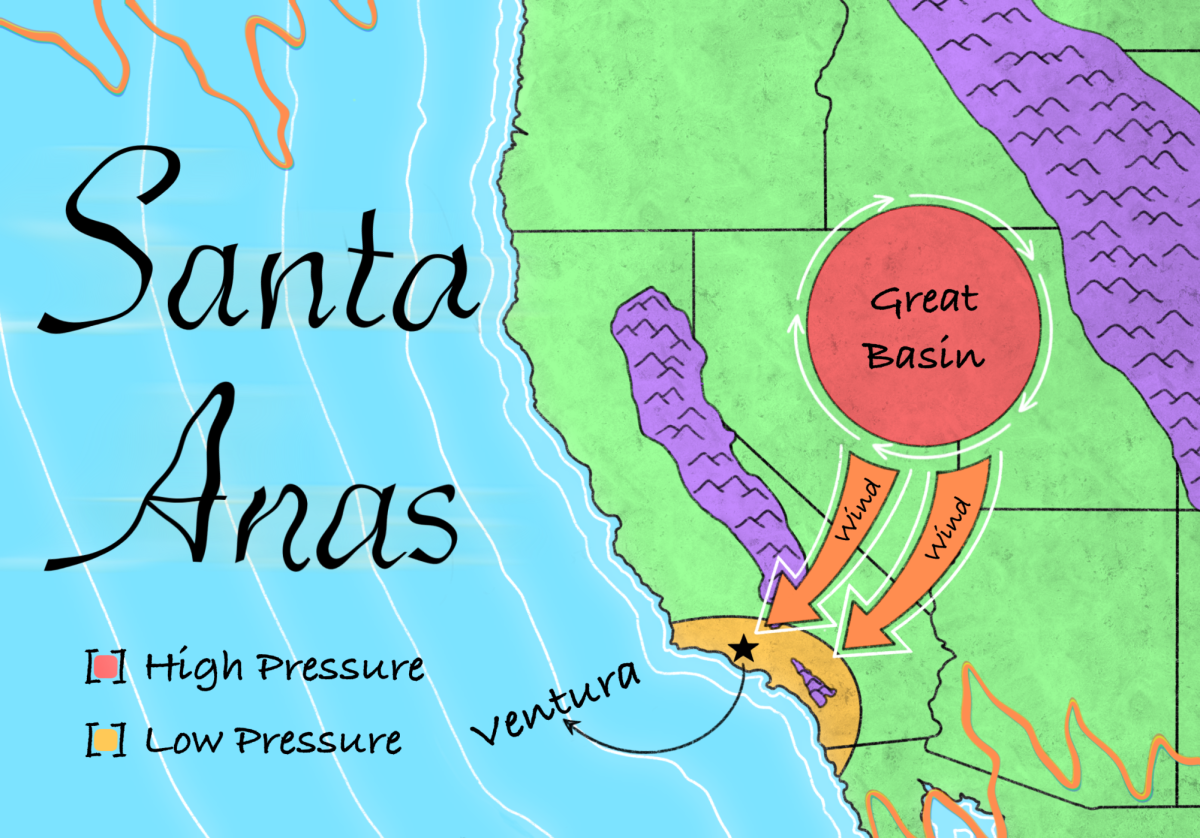

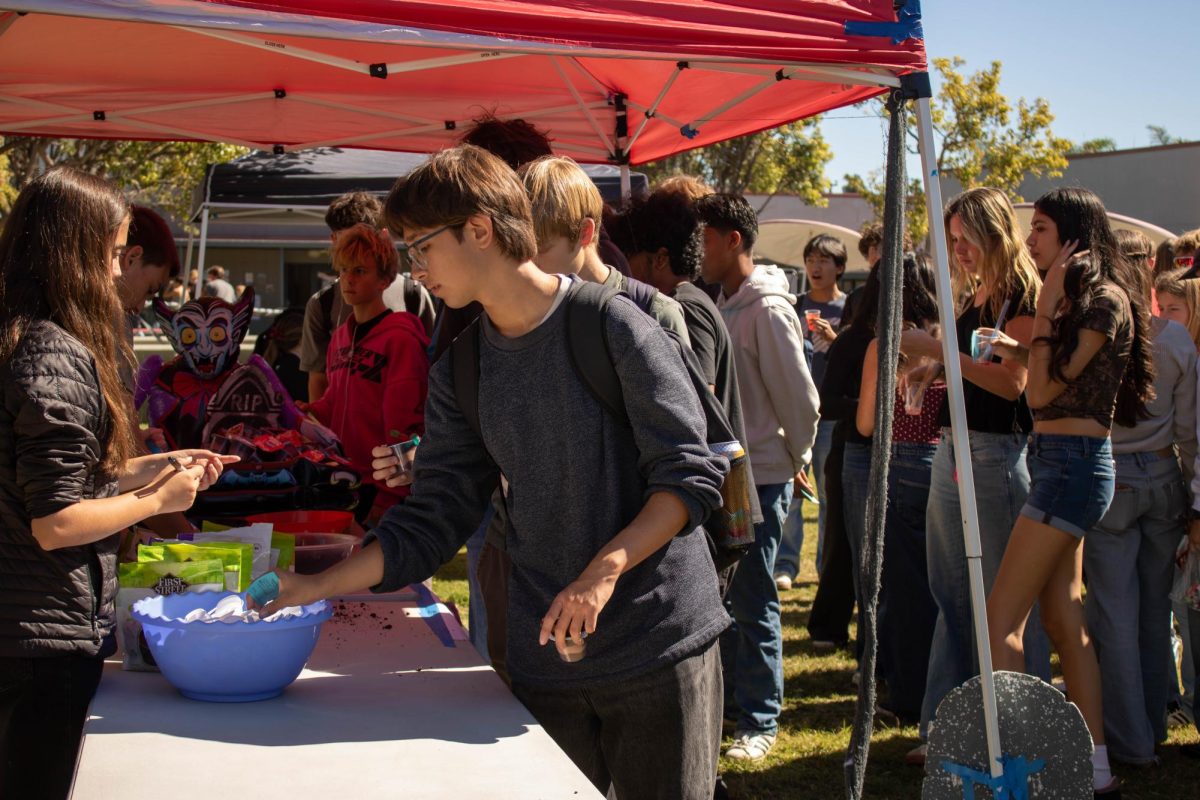

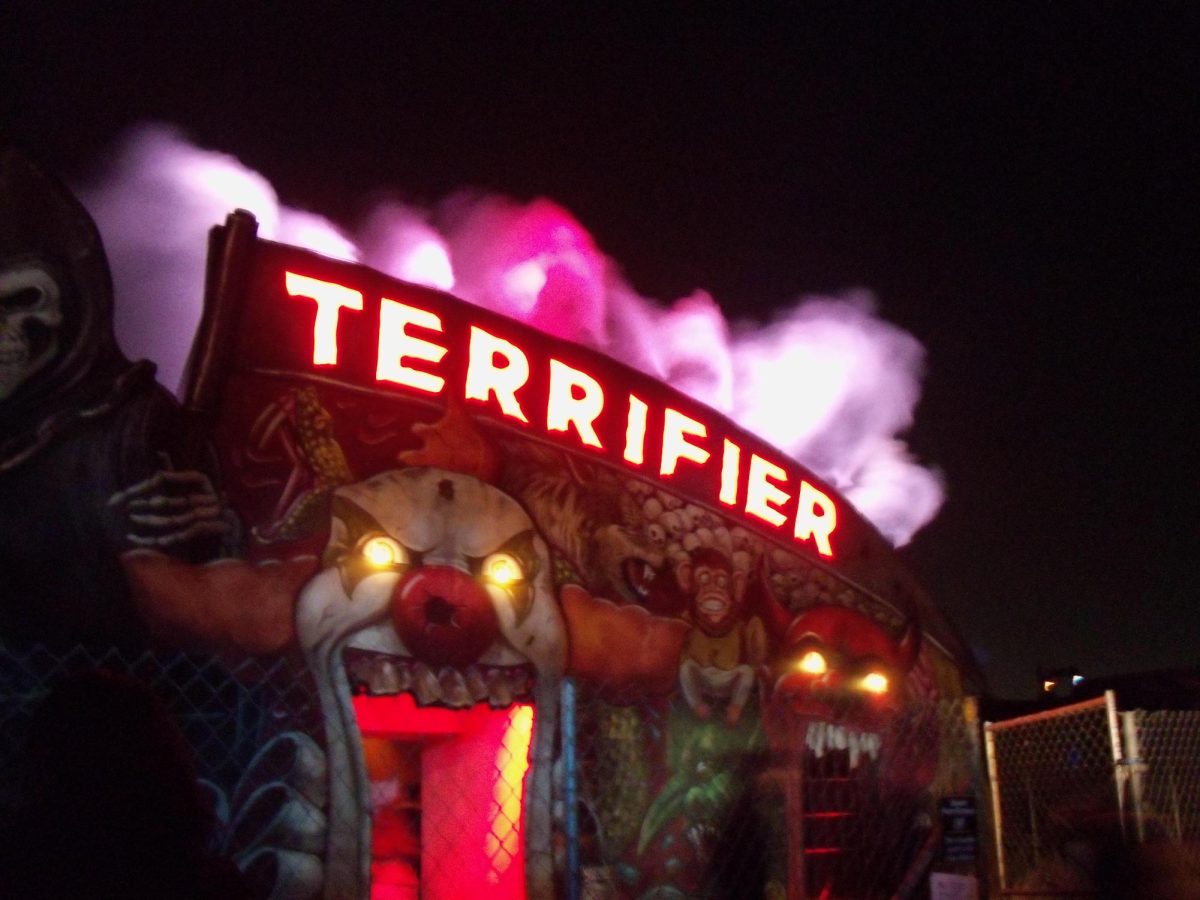



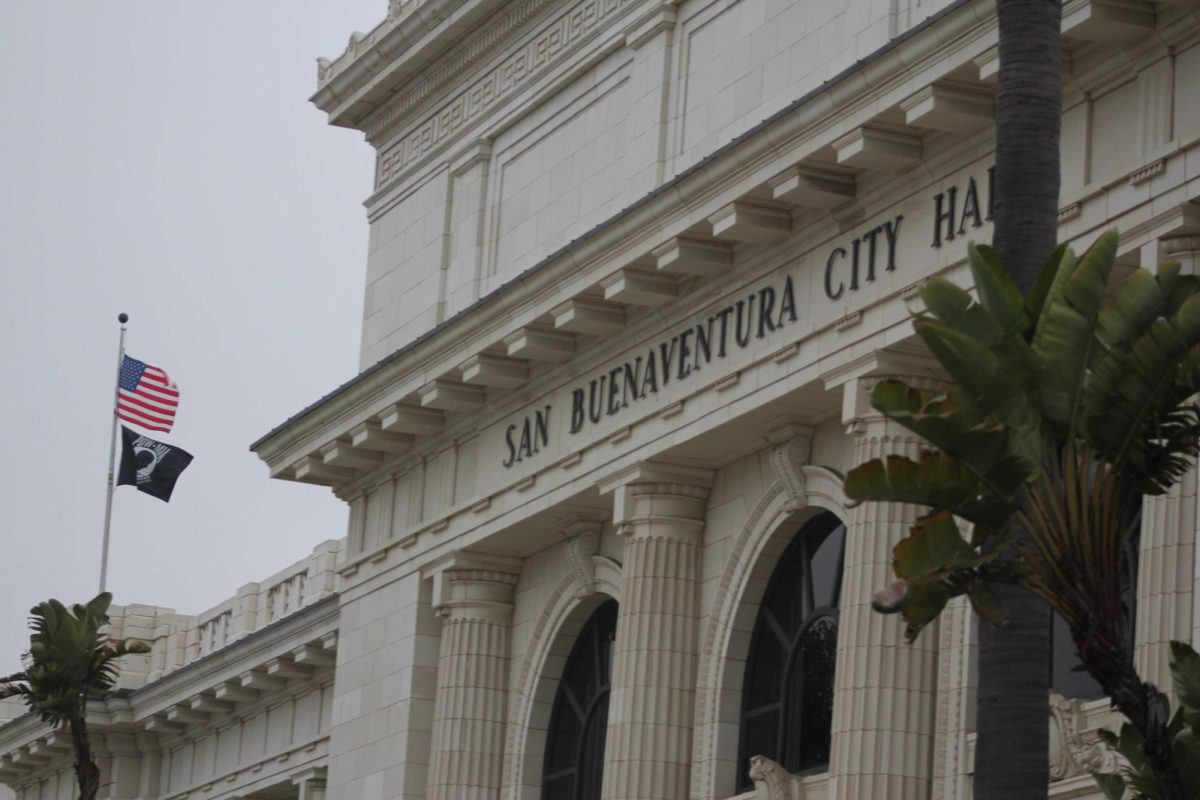


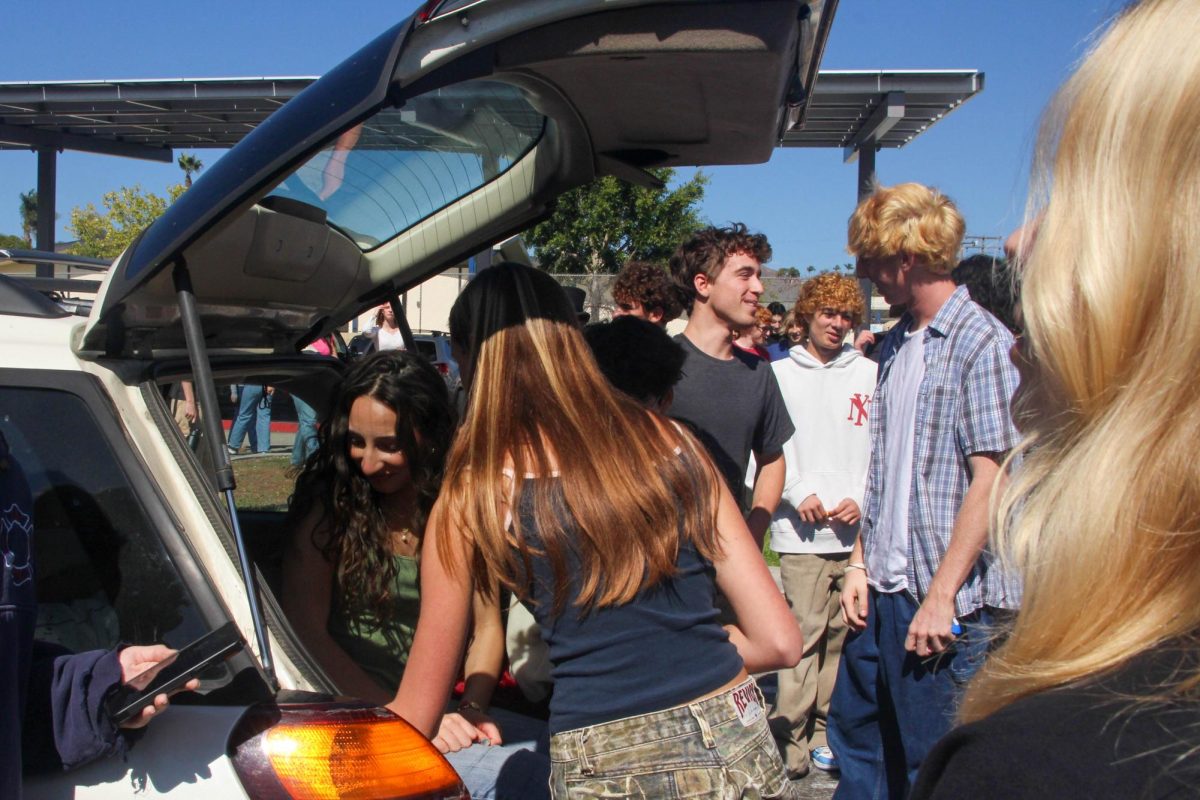



Anne Goeke • Nov 6, 2024 at 4:50 pm
Great article and the timing was perfect as we experienced these wild winds today. Thank you!